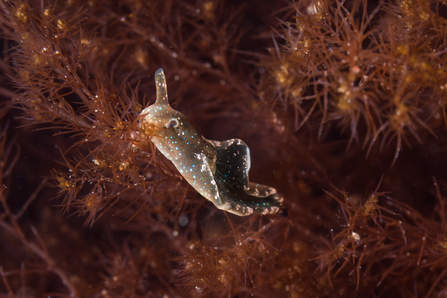Around half of British wildlife is found in our seas - from microscopic plankton to majestic whales - but our undersea wildlife is a whole lot harder to spot than hedgehogs and hares. Although none of us in the UK live more than 70 miles from the coast, it’s pretty difficult for most of us to experience a seahorse hiding in a shimmering seagrass meadow or a vast open seabed dotted with the blue-green glow of bioluminescent sea pens. Bringing the magic of our seas to life is one of the biggest challenges we face in marine conservation – and one that The Wildlife Trusts have been working tirelessly to address over the past 30 years.
Most of us are aware that our seas are under threat. We know about plastic pollution, the risk of climate change and the impacts of overfishing. Yet still very few of us are aware that right now we have bluefin tuna hunting off the coast of Cornwall, the first grey seal pups of the season are entering the world and the world’s second largest fish, the basking shark, is feasting on plankton off the west coast of Scotland. Year round our seas are home to solar-powered sea slugs, baked bean sea squirts and colour-changing cuttlefish. But for most of us, our ability to see this is limited to our TV screens.







